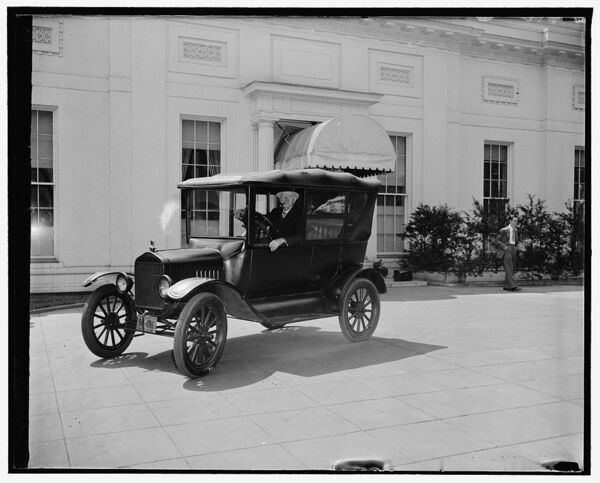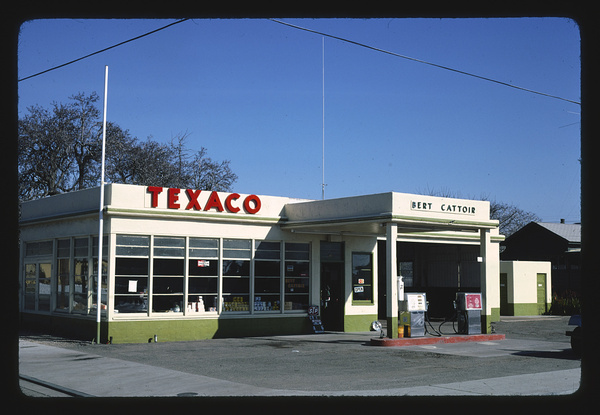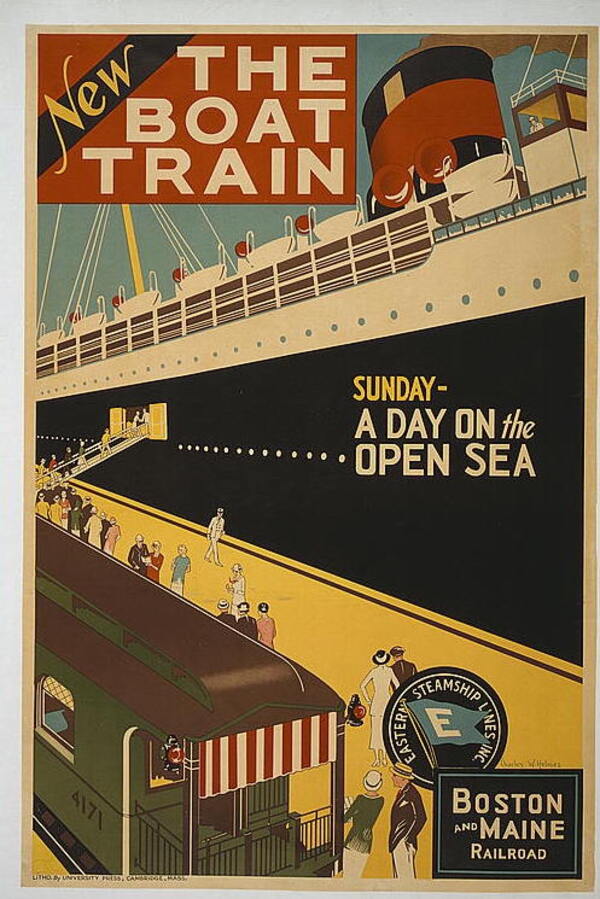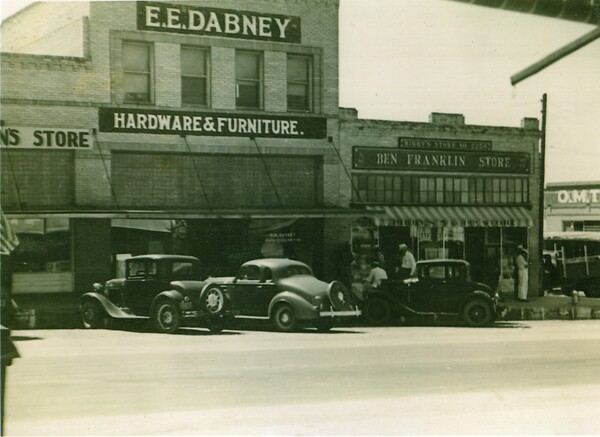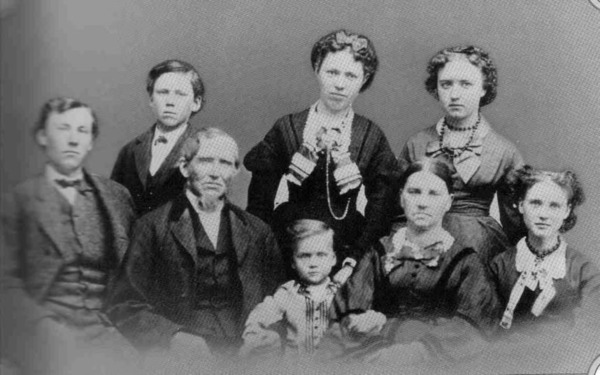1. Get an Estimated Date for the Photo

This isn't as hard as you would think it would be. There are a few easy ways to identify especially old photos given how fast the photographic processes changed during the late 1800's and early 1900's. You can use our quick guide on How to Date Old Photos for photos from the 1850's - 1900. For more recent photos, you'll need to rely on clues from the photo itself:
- Sepia or Crisp Black and White?: Most snapshots from 1900 to the early 1930's have a noticeable sepia or dull yellow-tinting to them, whereas the black an white shots from the 1940's, 50's, and 60's have a crisp, distinct black and white contrast.
- Matte or Glossy Finish? As with the sepia tones, most photos before the early 1930's came with a matte finish vs. the glossy finish found on later snapshots that were much cheaper to print.
- Color or Black and White? Color photography started to become mainstream with Kodachrome slides in the early 1940's, but the color camera didn't really catch on until the late 1950's en masse. If it is a color slide, you can most often find a date stamp on the surface of the slide. If it is a color print, you can safely date it as after 1950.
- What Were People Wearing? If the photo itself doesn't provide enough clues, you can get a more precise range by looking closely at the clothes people were wearing. Do you see the dapper look of the 1920's or a more worn-in dress of the Great Depression era? Were the women wearing saddle shoes like they did in the 1940's and 1950's? If the men were all wearing hats, you can guess it was before 1950, for instance. There are lots of clues to be found in the clothes!
- What Cars and Signs Are There? If any of the photos you have have other context clues like cars, signs, or even the price of gas, you can use that to find a more precise date. Further, if it was taken in a place where there is a store or building in the background, you can research the periods when that store or building was active to limit your date range.
2. Try to Identify the Location of the Photo
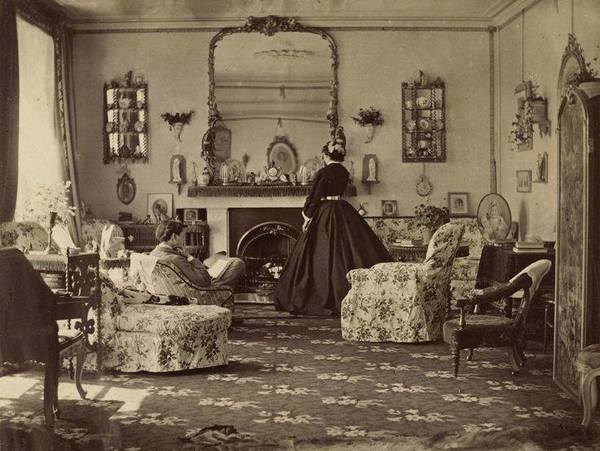
Next to the date, the location is the most important thing that can help you identify a family photograph. For Cabinet Cards and CDVs from the 1870's-1900, you may be able to get an instant answer simply by looking for the name of the photographer! During this period, many local photographers stamped their business name and studio location directly on the border or back of the photograph. That's your first clue right there! But note: People would often travel a couple hundred miles to get their photos taken in the big city, but you can safely assume that the person in the photo spent some time around the named city or town.
Here are some other ways to identify the location:
- Dress vs. Season: In many photos, you can get a sense of what region a person lived in by the way they dressed, and it's especially helpful if you can also get a sense of what season it was when the photo was taken. For instance, let's say you have a photo that is clearly Autumn (no leaves on the trees, etc.), but people are dressed in warm-weather clothes. You can then rule out the northern half of the U.S. Same goes for winter. If people are wearing cold-weather clothes, do they look comfortable in them as if they are seasoned winter-warriors? If so, they probably lived in the northern half of the U.S.
- Terrain and Vegetation: What do you see in the background of the photo? Do you see hills or mountains, or is it flat? Is the land dry and the vegetation sparse? You can use these clues to get a sense of location. If you see snow-capped mountains, it's likely in the Rockies, whereas rolling hills and ridges is closer to the Appalachians of the East. Do you see palm trees or dogwood trees or cacti? Each of these needs a distinct type of climate to thrive that can help you rule out parts of the U.S.
- Architecture and Weather-Proofing: Does your photo show any buildings, inside or out? Are the houses mainly single story homes like the ranch houses of the South and the midwest? Do you see mainly brick or stucco exteriors? And take a look at the shutters and gutters - if the homes have wide gutters and complete systems to weather proof their home, you can guess it is from a region that gets a lot of rain.
- Cars and License Plates: Just like with dating a photo, cars can provide some good details about the location. First, see if you can spot a license plate. You can research on the web historical license plate designs and likely identify your photo down to a couple of locations and dates based on that. Next, look to see if you can spot any clues about the weather from the cars. Do they look dusty like in the West? Do they have snow chains on? Even the smallest detail can help!
3. Look for Distinct Links to your Family

Now we get in to the fine details of figuring out who these people in the photo are. There are a few things to look for, each equally important:
- See any family heirlooms? Most families have a few key pieces of furniture, kitchenware, or decoration that have been passed down through generations. Most often, someone also knows who had the item previously. So the first step is to see if you can spot any of those items - a dresser, rocking chair, or old vase - that could give you a hint of who's household the photo was taken in. And for women, check out the jewelry worn; and for men, note the caps, cufflinks and pins.
- What was the event? Many photos taken before 1950 were done because it was a special occasion. By using clues on the photo date and location, you can put together a list of what event the photo could be tied to. Does it look like a wedding? An anniversary? A high school or college graduation? These things are incredibly valuable in identifying who's who.
- Compare the faces to other photos Do you have other photos from another period that you have identified? Take them out and put them side-by-side with the mystery photo and see if you can guess if a person is a young or older version of a known-person. One hint: If you think you have a good guess, we'd advise you consult a few friends to verify the likeness. It is very easy to convince ourselves we've solved the mystery, but oftentimes our eyes can trick us!
4. Ask (and Look) Around
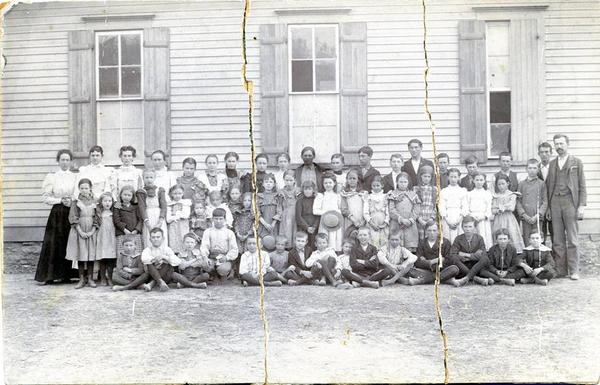
This one is a bit more simple than the others, but it's worth stating again. If you are stuck on a photo, the single best thing you can do is share it with as many family members as possible to see if they have a guess. Oftentimes, someone you wouldn't think would know anything may have a memory of that person or another photo that could give you a tip. Beyond that, here are some other interesting ways to see if you can solve the mystery:
- Go for the Yearbook: If you know the location of the photo and general date, take a look at the local library archives of high school yearbooks. You may find just what you are looking for with a direct match of the person in the photo.
- Search the Newspaper Archives: Another avenue is to search the local newspaper photo archives. Many times, newspapers will share class photos or interesting "Remember When" series that identify the names of everyone in the picture. You may find a direct match right there!
- Consult the Web: There are many helpful people on Genealogy forums on the web that will be more than happy to help you with your research. Simply ask nicely and give as much information as possible and you'll likely find some willing sleuths who want to lend a hand.
Want to share this story with a family member or friend? Hit the "share" button below...
Next Article
